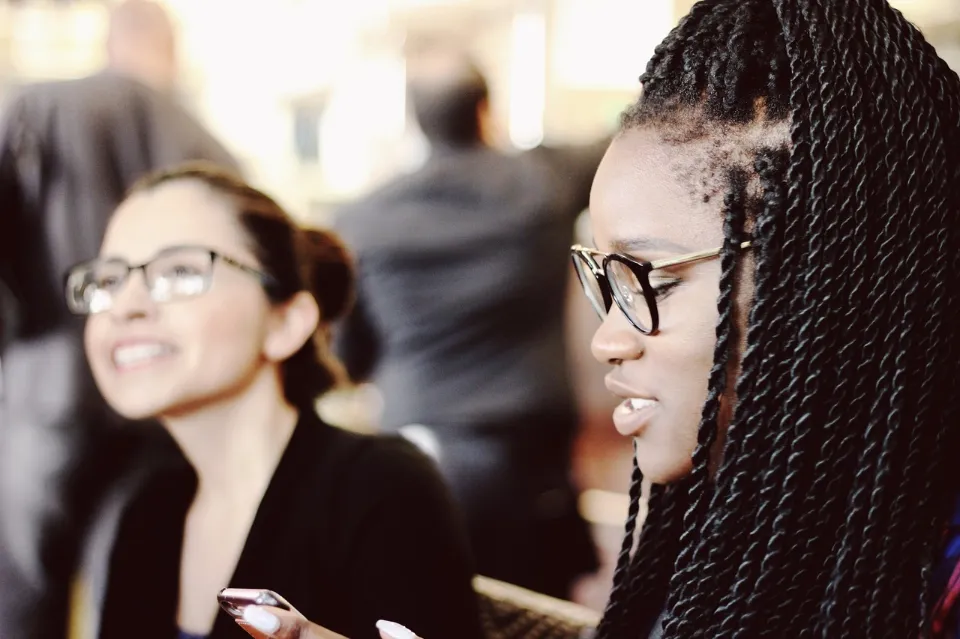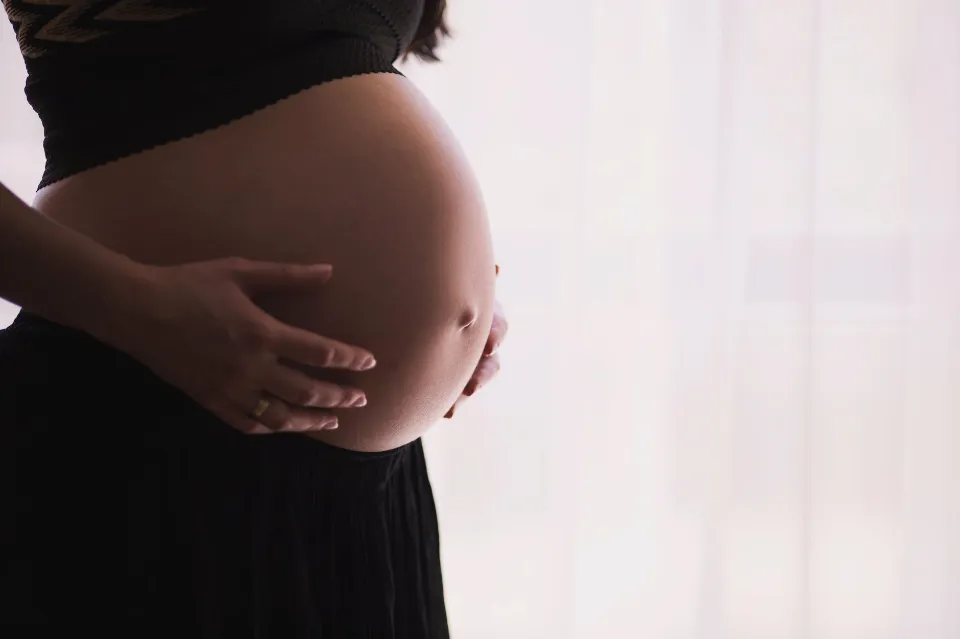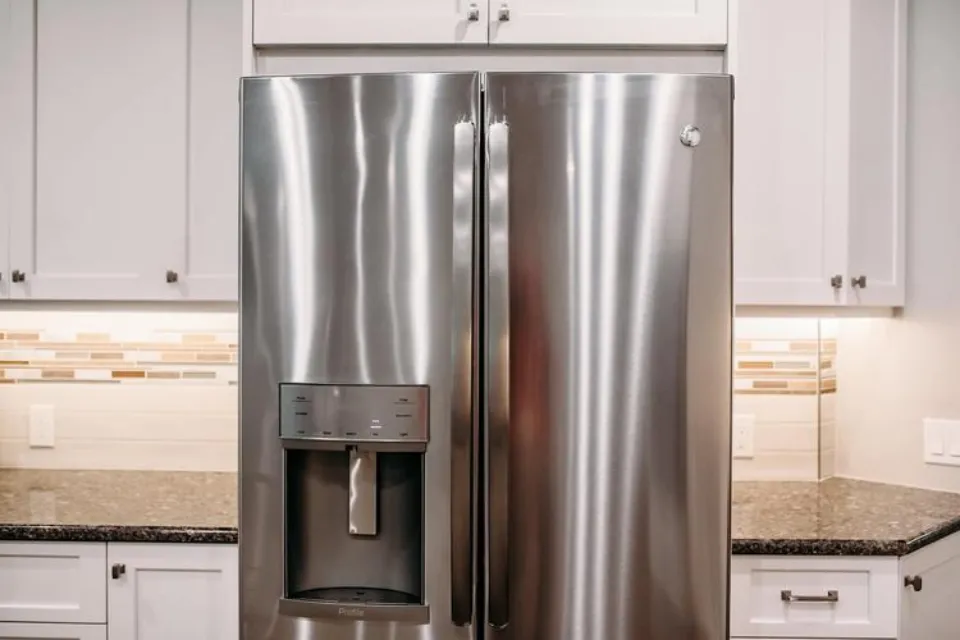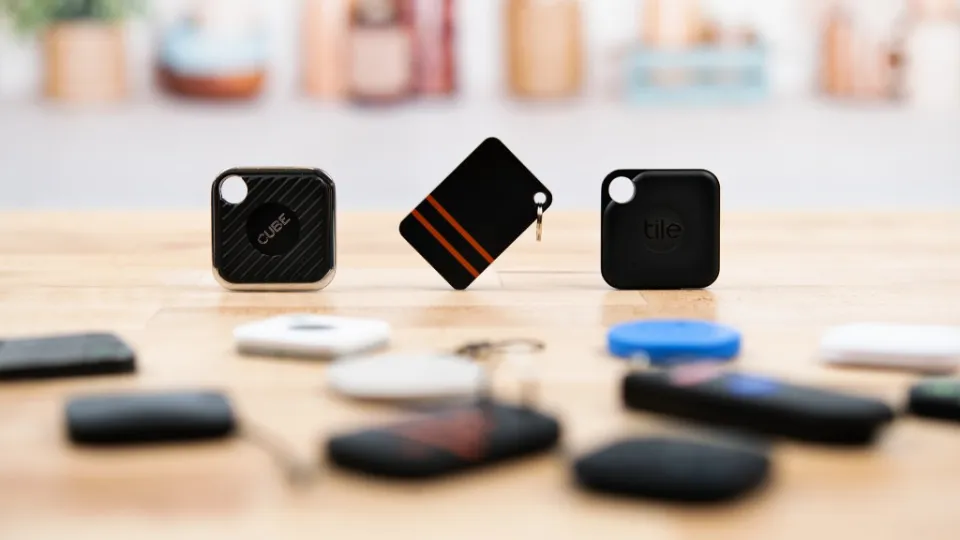Wavy and curly hair benefit from the stylish definition that braids provide. Additionally, they can be used to style straight hair.
It’s a good idea to braid your hair to protect it from breakage because braiding strengthens the structural integrity of the hair.
This article is for you if you are thinking about wearing box braids but are concerned they will damage your hair. We will delve deeply into this subject and provide you with all the information you require regarding the potential for box braids to harm your hair.
Read on to learn how braids boost hair growth and more.
What Are the Benefits of Braiding Your Hair?
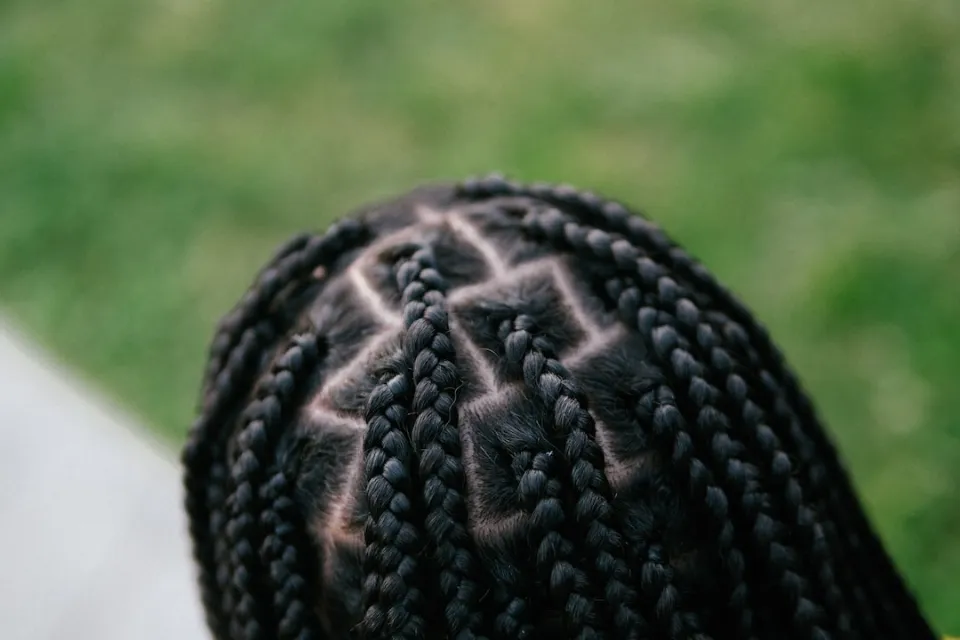
Whether your hair is curly, straight, or somewhere in between, braiding can help with its strength and texture. For starters, braids can strengthen the structural integrity of your hair and guard against breakage, particularly while you sleep. Braids can reduce the friction between the hair and the pillow, making it less likely to break during the night.
Consider it like a rope: a rope that has its fibers wound together will be more durable than one made up of separate parts. Hair is similar: When you twist pieces of hair around each other in a braided style, the hair becomes stronger than it would if you left it loose or tied it into a ponytail, which doesn’t require twisting.
Braiding can also help keep your hair nourished and healthy. Braiding locks hydration into the hair, preventing dryness and frizziness. Oil-infused braids can also add moisture to the hair, enhancing this particular advantage.
Can Braids Damage Your Hair?
If you leave braids in too long or tighten them up when you install them, your hair may suffer damage. When braiding hair, pulling it too tightly can actually have the opposite effect and break the hair rather than make it stronger.
In essence, heavy or tight braids pull on the hair follicles and harm them. Conditions like hair loss can result from long-term pressure on the hair follicles. Take breaks between braided hairstyles, loosen your braids, and massage your scalp with essential oils to help prevent this from happening. There are still many great, safe hairstyles for thin hair; however, really tight braids aren’t the best option.
What Are Some Popular Braided Styles?
Many different cultures favor braided hairstyles. People with Afro-textured hair, for instance, frequently wear box braids. To install box braids, a Pro stylist sections the hair into squares and braids each individual square into its own braid. Natural hair can be used for box braids, or hair extensions can be braided into the scalp.
Braided styles for Afro-textured hair can be worn for weeks at a time, despite the fact that it is not advised to wear them for too long. A few examples of these types of styles are the following:
- Box braids
- Ghana braids
- Microbraids
- Cornrows
- Goddess braids
- Feed-in braids
The French braid, Dutch braid, and fishtail braid are additional common braided hairstyles. These are all variations on a common idea, which is to take hair strands and twist them around one another so that they stick close to the scalp and descend to the nape of the neck in either a single strand or two strands.
How Can I Care for Braided Hair?
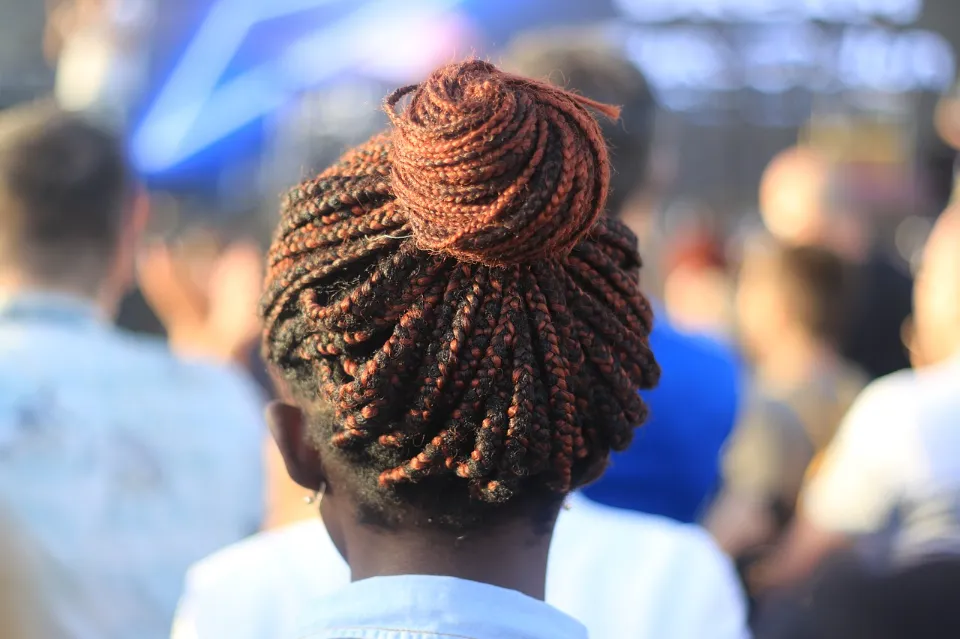
You are aware of how difficult it can be to unwrap a necklace from other jewelry, right? Hair can be similar. Tangled hair might clump together, making it impossible to brush or braid. Tangled hair will only get worse if it is braided.
Make sure hair is clean, moisturized, and detangled before braiding for best results. However, it will also be simpler to braid in general. Washed and detangled hair will better retain moisture once it has been braided.
While your braids are in, especially if you’re wearing a hairstyle like box braids that will be in for a long time, you’ll want to regularly clean and moisturize your scalp to reduce pressure. You can also keep your braids safe at night by sleeping with a wrap or headscarf.
How Long Can I Keep My Hair in Braids?
Depending on the strength and style of the braid, you can wear your hair in it for a variety of lengths. Generally speaking, braids should only be left in for two months at a time. Your hair follicles and scalp will be pulled more as the braids get longer. This constant pressure over time can damage your hair.
Braids can also trap dirt and oil in the same way that they can trap moisture. Keeping your hair clean in braids can be more difficult, so after a few months with braids in, you may want to remove them to give your hair a good cleaning.
You can also wash the braids occasionally to keep them tidy if you plan to wear a braided hairstyle for several weeks or months. Washing should help maintain the hairstyle while ensuring the health of your hair and scalp. Scalp care and protection should also be included. Your braids will last longer if you take good care of them.
What Are Some Proven Ways You Can Encourage Hair Growth?
There are other ways to promote hair growth, even though braiding your hair might not be a direct cause of it.
Take care of your hair by keeping it away from things like heat and hair dye, for starters. While straightening curly hair or curling straight hair may produce the desired stylistic effect, these actions can also weaken your hair. Hair keratin damage from flatirons and curling irons can result in breakage when the hair is combed.
Similar to how the chemicals in hair dye can harm hair, causing thinning and breakage. Have a professional dye your hair, or don’t dye it at all, to ensure that your hair is properly cared for after dyeing.
There are connections between what you put in your body and how your hair grows out of your head, despite the fact that it might not seem like there would be any. Restrictive dieting, for example, can cut your body off from nutrients that it needs to support hair growth. And hair growth typically stops when dieting puts the body under stress.
Nutrient requirements for hair growth can be increased by eating specific foods. Certain foods can increase these nutrient levels because the blood delivers nutrients to the hair roots, which are where hair grows. Eggs, fish, beans, and nuts are examples of foods that can promote hair growth.
Though braids don’t have a direct impact on hair growth, they have an impact on hair health. They can keep hair that is growing healthy and strong by keeping it moisturized.
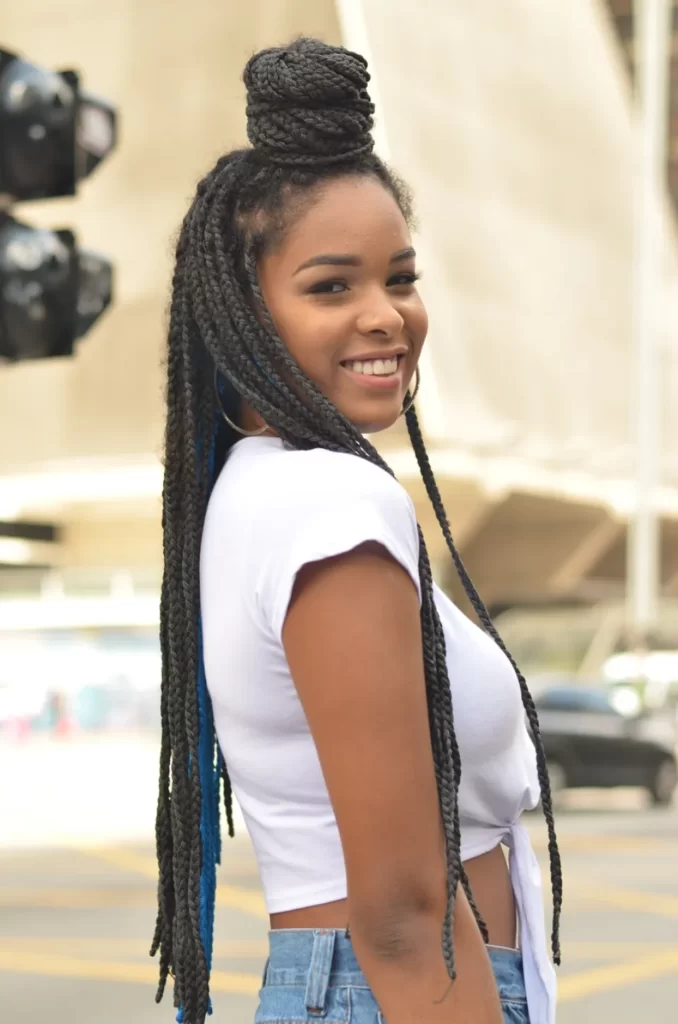
Final Thoughts
Keep in mind that the purpose of wearing your hair in braids or another protective style is to keep it safe, healthy, and growing. The best way to do this is to take out the protective style slowly and carefully, keeping in mind what causes breakage as you do it. Wait until you do if you don’t think you’ll have enough time to use your protective style all at once. Rushing through it will ultimately damage your hair and set you back on your healthy hair journey.
Frequently Asked Questions
Do Braids Cause Hair Loss?
Yes, wearing tight weaves and braids for an extended period of time—even tight buns and ponytails—can result in permanent hair loss known as traction alopecia (baldness). This is so that the follicles do not become permanently detached from the scalp as a result of repeated pulling on the hair.
Is It Better to Braid When the Hair is Dry Or Wet?
It is always better to braid your hair when it is dry. Wet braids are heavy and can pull your hair at the roots, leading to hair fall.
Are Braids Better Than Ponytails?
As they hold all of your hair in place without pulling at the roots, braids may be preferable to ponytails. Regularly pulling your hair back into tight ponytails can lead to traction alopecia.
Can You Sleep With Wet Braids?
You cannot sleep with wet braids, please. Wet hair is fragile, and the tossing and turning during sleep may cause hair breakage.
How Long Should You Keep in Braids?
Depending on the type you choose and how you wear your braids, they can last anywhere from two to eight weeks, but you should be ready to clean your braids roughly every two to three weeks. If you’ve been swimming or have been perspiring a lot, your scalp will need some tender loving care.

